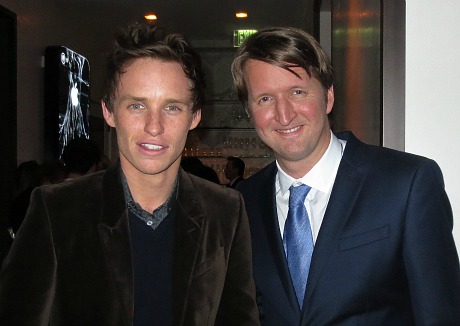The critics, columnists and commentators who’ve trashed the 48 frames-per-second (i.e., HFR) presentation of The Hobbit: An Unexpected Journey should be ashamed of themselves. They are simply about blocking the doorway, and to me that’s reprehensible. For me, 48 fps greatly lessened the agony of sitting through Peter Jackson‘s 166-minute-long film because the added detail is at least something to sink into in the absence of the usual basics that make a film enjoyable.
The naysayers know this and they still put the process down because it’s new. They want to bathe in familiar bathwater. That’s really the only reason.
Okay, they have two reasons. One, 48 fps doesn’t look like the cinema they’ve known all their lives. And two, it’s too vivid and detailed and video-like, and therefore not filmy or painterly enough. But for inherently empty and intentionally synthetic tentpole films — lame, insipid, FX-driven, comic-book-based — 48 fps is a Godsend. Empty crap is far more tolerable when you can at least delight in the clarity and the specificity. 48 fps is needless, I feel, when it comes to any kind of quality-level fare, but it’s exactly what the doctor ordered when it comes to movies that are torture to sit through.
And in throwing out the bathwater of 48 fps, the naysayers are also throwing out the baby of HFR cinema by any calibration. This is their greatest sin. Because everyone will be cool with HFR at 30 frames per second (the frame rate used by Todd AO in the mid ’50s), and it will work with any film of any mood, focus or attitude. If everyone is saying “no” to 48 fps, which I strongly disagree with, let’s at least talk about 30 fps. It’s a significantly better thing than 24 fps (smoother, more fluid, less pan blur), and yet it looks cinematic.





